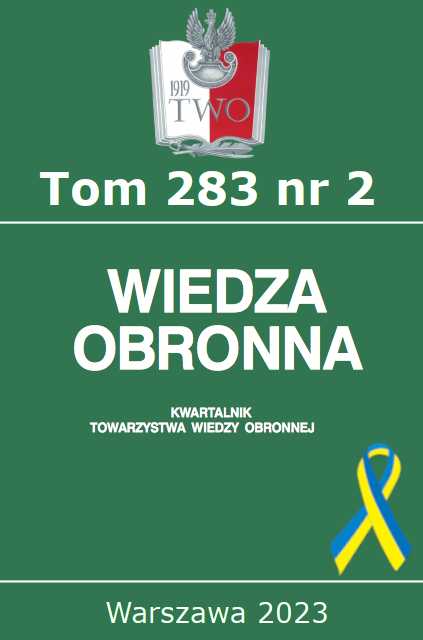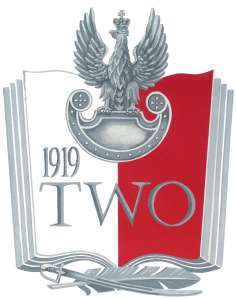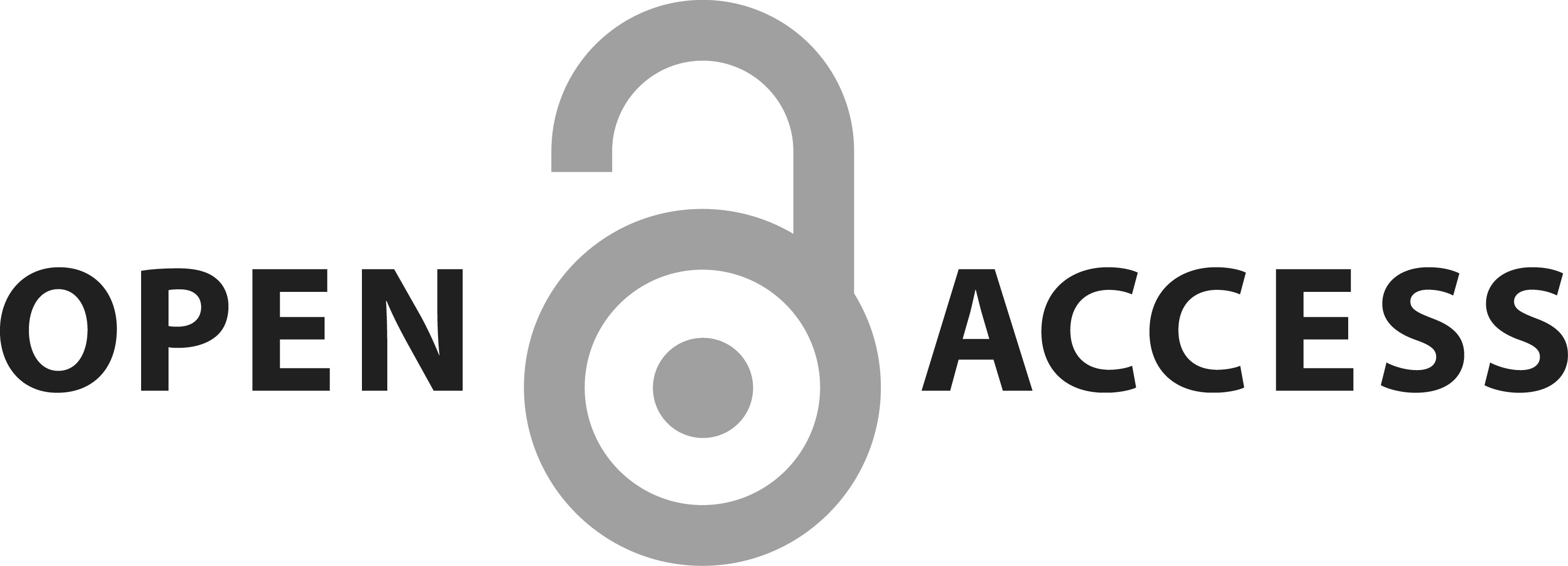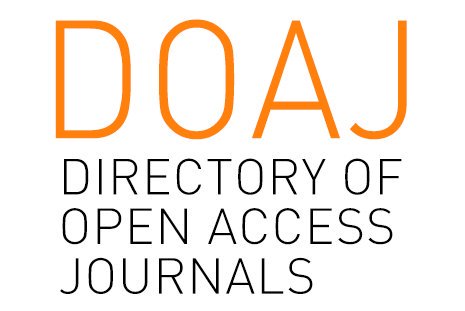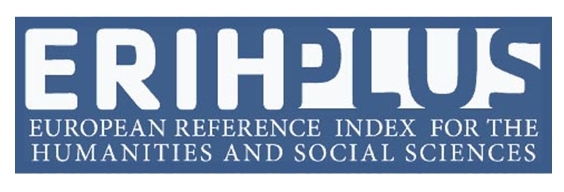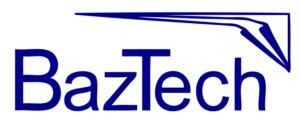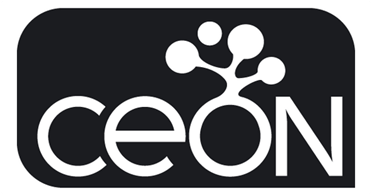ENERGY SUPPLY CHAIN MANAGEMENT AND SECURITY IN PUBLIC-PRIVATE PARTNERSHIP
Abstrakt
The aim of the article is to identify and analyze how to manage the energy supply chain as part of public-private partnership and to try to answer the question in what direction should the Polish industry go to compete on global markets in the face of many challenges of decarbonisation?Maybe by using green energy produced close to its recipients and supplied bypassing the transmission grid?Maybe through the diversification of installations processing energy from various sources (RES), which would constitute an additional regulatory value for the power system?Could solutions, e.g. based on a direct line system, help in such a difficult technological and regulatory time for the energy market?As a research problem, an attempt was made to answer the question to what extent, for example, a systemic approach based on the model of direct lines can help strategic industry organizations in managing the energy supply chain, especially in situations of energy crisis?What actions can be taken to keep a secure energy supply chain management system operational or how to deal with threats affecting the functioning of the energy supply chain?
The essence is to emphasize the role of the energy supply chain management system, based on specific requirements or innovative solutions, e.g. a sharing system or direct lines, in maintaining an appropriate level of energy supply security, especially during an energy crisis. To what extent can the requirements of reference documents focusing on operational control and process control ensure the security of the energy supply chain?
With regard to the research problems defined in this way, the working hypothesis was formulated as follows: Searching for innovative solutions in the energy sector, and in particular the implementation of direct systems, can effectively counteract or at least reduce the effects of the recent electricity crisis and increase economic attractiveness for the industry.
The article uses theoretical and empirical research methods adapted to the problems posed and the purpose of the article. These include: analysis of the literature, normative and legal documents and internal system documentation of sample organizations, the audit method using direct interview and observation of processes and activities.
Bibliografia
Analysis of the impact of wind generation on the level of power reserve in the national power system, Lublin University of Technology, Lublin 2016.
Cryptocurrency System Using Body Activity Data, Publication Number WO/2020/060606 z 26.03.2020 International Application No.PCT/US2019/038084 MICROSOFT TECHNOLOGY LICENSING, LLC [US]/[US].
Draft act amending the Energy Law Act and the Act on Renewable Energy Sources (UC 74) includes, in particular, proposals for provisions implementing Directive (EU) 2019/944 of the European Parliament and of the Council of 5 June 2019 on common principles into the Polish legal order internal market for electricity.
Draft Act amending the Energy Law Act and the Renewable Energy Sources Act, April 30, 2021 Justification - Changes in the area of direct lines.
Electricity generation in Poland in small RES installations Report of the President of the Energy Regulatory Office for 2021, Energy Regulatory Office, Warsaw 2022.
Energy Law Act, Journal of Laws of 2012, item 1059 with later died.
Guide to Biomass Heating Standards. Ensuring the quality and reliability of biomass supplies used for energy purposes, FOREST Programme, Intelligent Energy Europe (IEE).
Krupnik D., Bezpieczeństwo zarządzania łańcuchem dostaw biomasy, Zeszyty Naukowe Szkoły Głównej Gospodarstwa Wiejskiego w Warszawie. Ekonomika i Organizacja Logistyki, 4/2019.
National plan for energy and climate for 2021-2030, version 4.1 of December 18, 2019, MAP, Warsaw 2019.
Polish energy sector in infographics, high voltage.pl
REMP 2030 Prospects for the development of renewable energy in Poland, International Renewable Energy Agency, Warsaw 2015.
Spiller J., Practically impossible to convert, in: Wind energy in Poland 2022 - economy, business, environment, Warsaw 2022.
Statistical Yearbook of the Republic of Poland, Central Statistical Office, Warsaw 2021.
Węcław-Solny L., 2012, Reducing CO2 emissions in the energy sector, Ecomanager 5, 26.
Wind energy in Poland 2022. Offshore special supplement, TPA Poland. Baker Tilly TPA.
Wisz J., Matwiejew A., Biomass - tests in the laboratory in terms of suitability for energetic combustion, Energopomiar Sp. z o.o., Central Laboratory 1, Power Engineering – September 2005.
Copyright (c) 2023 Dorota Krupnik

Utwór dostępny jest na licencji Creative Commons Uznanie autorstwa – Na tych samych warunkach 4.0 Miedzynarodowe.
